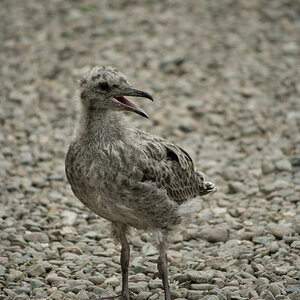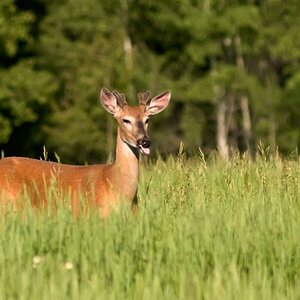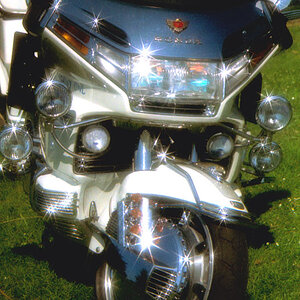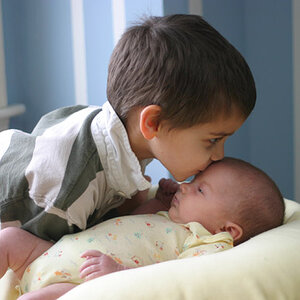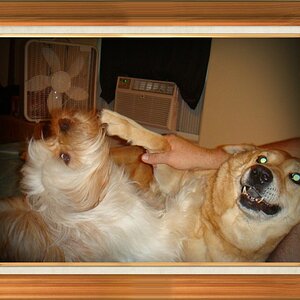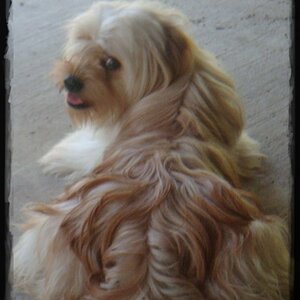MrsLittle
TPF Noob!
- Joined
- Oct 22, 2011
- Messages
- 358
- Reaction score
- 23
- Can others edit my Photos
- Photos OK to edit
I have been shooting in JPEG and want to try shooting in RAW this weekend. I have Elements 10 and not sure if it's sufficient for editing RAW files. I have read a lot around the internet but I'm still a little confused on exactly how it works. Do I shoot in RAW and then edit them in Elements Camera RAW? I have no intention in saving them in .psd since the space it takes up is ridiculous.
After I'm done editing can I just save them in JPEG form to send out on discs and printing? Will shooting in RAW and doing all the edits, then saving them in JPEG give me a better result then just shooting in JPEG to begin with? THANKS!
After I'm done editing can I just save them in JPEG form to send out on discs and printing? Will shooting in RAW and doing all the edits, then saving them in JPEG give me a better result then just shooting in JPEG to begin with? THANKS!


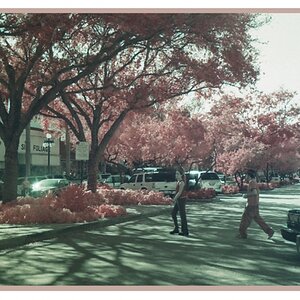
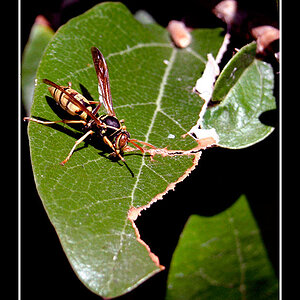
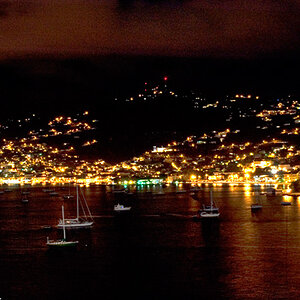
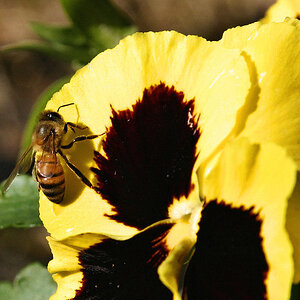
![[No title]](/data/xfmg/thumbnail/37/37657-01deca3769b38b716838942ccbfce66a.jpg?1619738172)

